New heritage trail launched in Bradford which will put some of the city's most ornate Victorian buildings in the spotlight
They include some of the most impressive landmarks built with wealth from the wool trade, such as City Hall, the Chamber of Commerce, the Wool Exchange and St George’s Hall.
Also included are more modern entertainment venues such as the former Odeon, the Alhambra Theatre and the Science and Media Museum, as well as the old Post Office, now the home of arts charity Kala Sangam.
Advertisement
Hide AdAdvertisement
Hide AdThe trail has been developed to celebrate Bradford’s year as City of Culture in 2025, and local schoolchildren were consulted during the process.
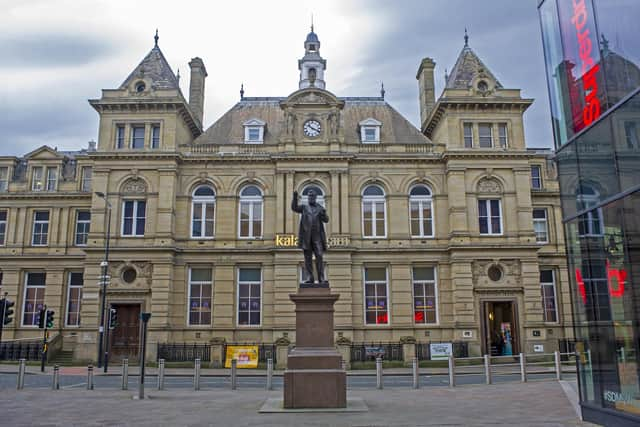

There is an interactive digital tour as well as a trail map for visitors to use on self-guided walks around the city centre. There is also a timeline covering Bradford’s evolution from ancient settlement to busy mill town.
St George’s Hall
Opened in 1853, the Grade II-listed St George’s Hall is one of the oldest concert halls still in use in the country. The venue has hosted a wide range of performers from Charles Dickens and Harry Houdini to The Rolling Stones and David Bowie.It was partly funded by German Jewish wool merchants who had come to Bradford because of its textile industry, and built warehouses in the Little Germany district.
Bradford City Hall
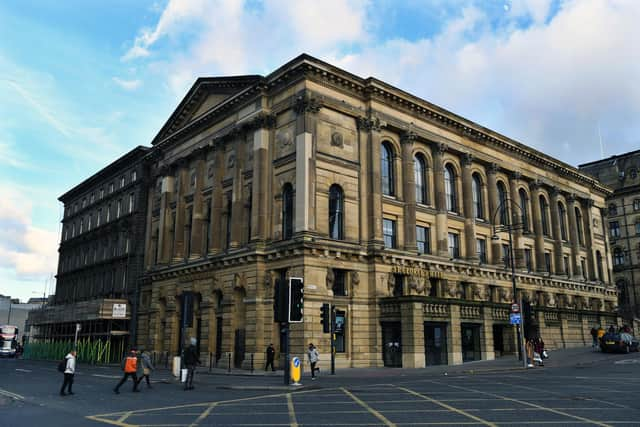

Dating back to 1873, this Grade I-listed Venetian-style building was designed to look like an Italian palace. City Hall’s most notable feature is its magnificent clock tower, inspired by the Palazzo Vecchio in Florence, which is 220ft tall. The City Hall has used as a location for numerous films and TV programmes such as Peaky Blinders, Emmerdale and Victoria and remains in council use. It includes the old courtroom and police cells, now a museum.
General Post Office
Advertisement
Hide AdAdvertisement
Hide AdNow Grade II-listed, St Peter’s House in the Little Germany district was built in 1866 as the city’s General Post Office. Since 2008, it has been the offices of Asian arts centre and charity Kala Sangam.
National Science and Media Museum
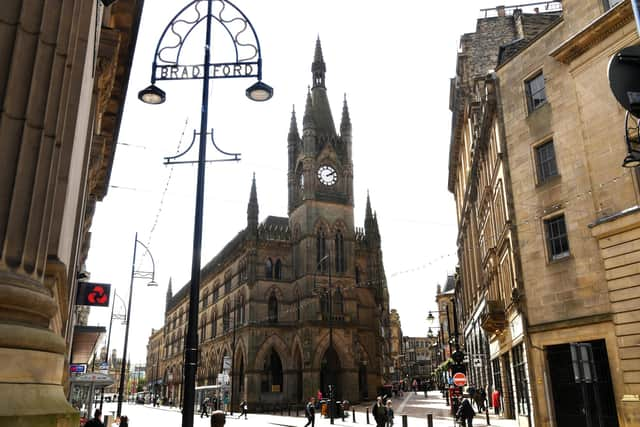

The most modern building on the trail dates back only to 1983, and marks its 40th anniversary this year. It has a huge archive of television footage and photographs and regular exhibitions.
Wool Exchange
The gothic Grade I-listed Wool Exchange was built in 1867 and was where mill owners, wool merchants and other businessmen would meet to trade and socialise. It was a community of its own, with a silver service restaurant in the basement and a members-only trading floor, as well as its own conditioning house for wool samples nearby. Its original use ended in the 1970s and it is now occupied by book chain Waterstones.
Midland Hotel
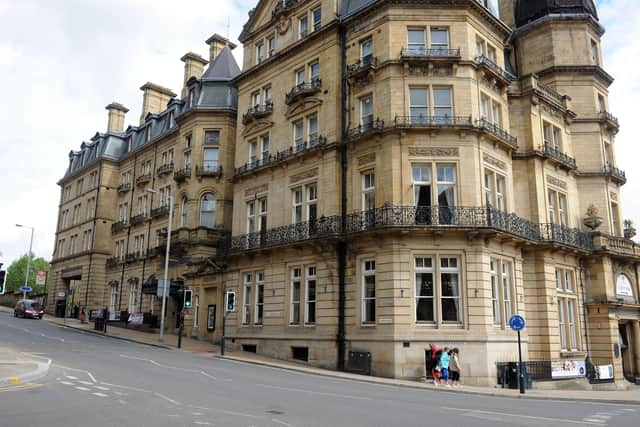

The Grade II-listed Midland was built as a railway hotel in 1885, and has welcomed famous guests including prime ministers, actors, writers and musicians. Until 1960, when it began to fall into dereliction, it was directly linked to Forster Square Station by an ornate passageway. It has 90 bedrooms and two period ballrooms. A local businessman restored it in the 1990s, and it was recently purchased by the chain Britannia.
Alhambra Theatre
Advertisement
Hide AdAdvertisement
Hide AdThe city’s main entertainment venue was built in 1914, and it remains in use as a theatre today.
Odeon
Another city landmark, the Odeon opened in 1930 as a cinema, ballroom, concert hall and restaurant. In the 1960s The Beatles played there. It is currently being redeveloped as music venue Bradford Live.
Bradford Cathedral
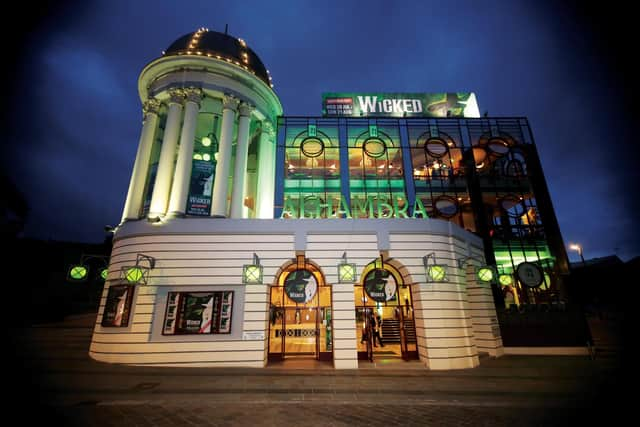

St Peter’s was Bradford’s parish church for hundreds of years. The building today is mostly 15th century with modern additions, and it was granted cathedral status in 1919.
Chamber of Commerce
62 Vicar Lane is part of Little Germany, and was built in 1871 as a textile warehouse and showroom for merchants. Also known as De Vere House, it was built in neoclassical Florentine style by the same architect who designed Salts Mill in Saltaire.
Other listed buildings not on the trail
Advertisement
Hide AdAdvertisement
Hide AdBradford’s ornate buildings mostly date from the middle of the 19th century, when textile wealth transformed the city. There are several impressive banks including the Midland Bank (1858), Bradford Commercial Bank (1867), Bradford District Bank (1873) and Yorkshire Penny Bank (1890s).
The Bradford Club on Piece Hall Yard is a Victorian gentlemen’s club still in existence today. An earlier clubhouse, York House, dating from the 1860s later became the police station next to the County Court, itself built in 1859.
There are numerous former high-class hotels, including the Victoria (1867), Talbot (1877) and Royal (1887), later renamed Cresta House.
The former History and Scientific Institute, built on Piccadilly during an expansion of learning and intellectual curiosity among the business classes, dates from 1871 and the original Bradford College building is 1880s.
Advertisement
Hide AdAdvertisement
Hide AdAssociated with the mills is the Conditioning House, built at the turn of the 20th century for wool storage, while one of the newest listed buildings is the Masonic Hall, later Connaught Rooms, built in the 1920s.
A short walk from the city centre in Lister Park is art gallery Cartwright Hall, donated to the city in 1904 by mill owner Samuel Lister.
